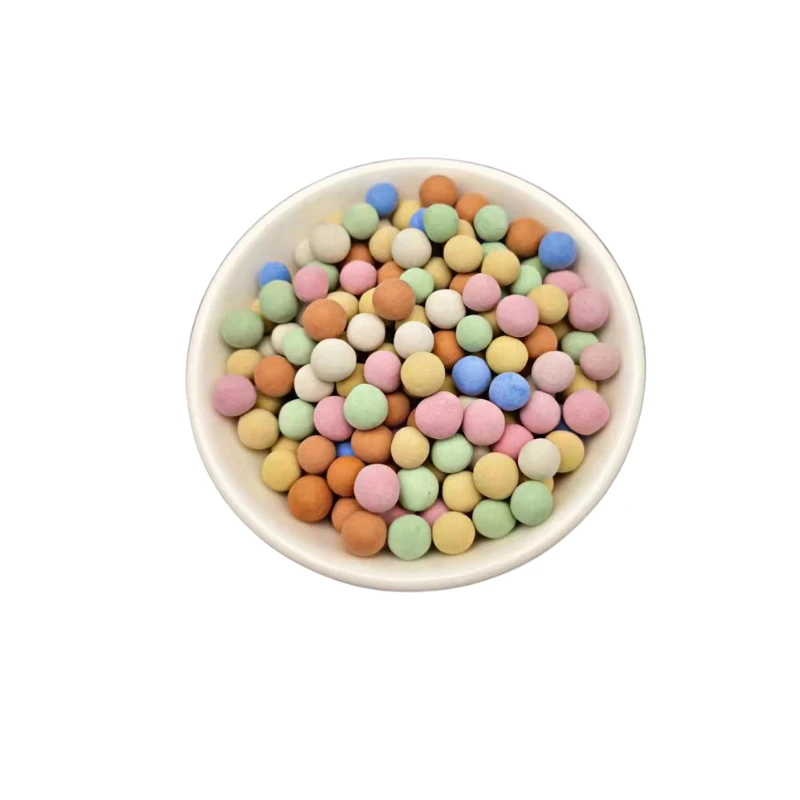
Exploring the World of Chinese Pigments and Their Rich Cultural Heritage
China Pigments A Colorful Journey of Tradition and Innovation
Pigments have been an essential part of human culture for thousands of years, coloring our art, architecture, and everyday life. Among the global leaders in pigment production, China has established a significant reputation, combining rich cultural heritage with advanced technological innovation. This article explores the history, types, and current trends in China's pigment industry.
A Historical Overview
The use of pigments dates back to ancient civilizations, and China is no exception. Historical records reveal that Chinese artisans were creating dyes and pigments as early as the Shang Dynasty (1600-1046 BC). Natural materials like minerals, plants, and animal products were initially used to produce vibrant colors. For instance, ground minerals such as malachite and azurite were used to create greens and blues, while ochre provided warm yellows and reds.
During the Tang Dynasty (618-907 AD), the use of pigments flourished, especially in mural paintings, ceramics, and silk fabrics. Chinese blue (cobalt blue) and Chinese red (vermilion) became synonymous with the country's artistic identity. Over the centuries, these traditional practices evolved, but the core essence remained rooted in the rich heritage of Chinese culture.
The Growth of the Modern Industry
Fast forward to the 21st century, and China has transitioned from artisanal production to become a powerhouse in the international pigment market. The country is now one of the largest producers and exporters of pigments worldwide. According to industry reports, China's pigment production reaches millions of tons annually, covering a wide spectrum of products ranging from organic pigments to inorganic pigments.
Inorganic pigments, such as titanium dioxide, iron oxide, and chromium oxide, dominate the market due to their stability, brightness, and non-toxicity. These pigments are widely used across various industries, including paints, coatings, plastics, and rubber. On the other hand, organic pigments are favored for their vibrant colors and are primarily used in the printing, textile, and cosmetic industries.
china pigments

Innovations and Trends
As the global pigment market evolves, so do the technologies used in pigment production. Chinese companies have begun to adopt environmentally friendly practices to meet international standards. The rise of eco-friendly pigments, including bio-based and non-toxic alternatives, is a response to increasing consumer demand for sustainable products.
Additionally, advancements in nanotechnology have opened new avenues for pigment applications. Nano-pigments, characterized by their smaller particle size, offer improved color intensity and stability, leading to brighter and longer-lasting results in various products. This innovation aligns with the global trend of innovation in the pigments sector.
Another key trend is digital pigment technology. With the rise of digital printing, the pigment industry in China is adapting to new market demands by developing specialized pigments that can deliver exceptional quality in digital applications. This shift also reflects a broader movement toward customization and on-demand production in the textiles, ceramics, and packaging industries.
Challenges and Future Prospects
Despite its success, the pigment industry in China faces challenges, such as environmental regulations, competition, and market saturation. Stricter environmental laws are prompting manufacturers to invest in cleaner technologies and sustainable practices. While this may increase operational costs in the short term, it is likely to foster a more responsible and innovative industry in the long run.
Looking ahead, the future of China's pigment industry appears bright. With ongoing investments in research and development, the sector is well-positioned to explore emerging markets and trends, such as e-commerce and global sustainability initiatives. By embracing both tradition and innovation, China can continue to lead the way in pigment production, enriching not only its commercial landscape but also the global palette of colors.
In conclusion, China's journey as a pigment powerhouse showcases the harmony between art and science, history and modernity. As the industry evolves, it carries with it the legacy of centuries of craftsmanship, ready to meet the challenges and opportunities of the future.
Share
-
Vermiculite Wholesale – Premium Quality, Bulk Supply & Competitive PricingNewsJun.10,2025
-
Premium Glass Pebbles Custom Glass Pebbles Factory & OEM Manufacturer Reliable Custom Glass Pebbles FactoriesNewsJun.10,2025
-
Expert Custom Zeolite Producers Manufacturers & FactoriesNewsJun.10,2025
-
Custom Glow in the Dark Beads High-Quality Custom ManufacturersNewsJun.10,2025
-
China Ceramsite Balls Factory - Lightweight & Durable Media Solutions ManufacturerNewsJun.09,2025
-
Custom Matte Mica Powder Manufacturers High Quality & AffordableNewsJun.09,2025






